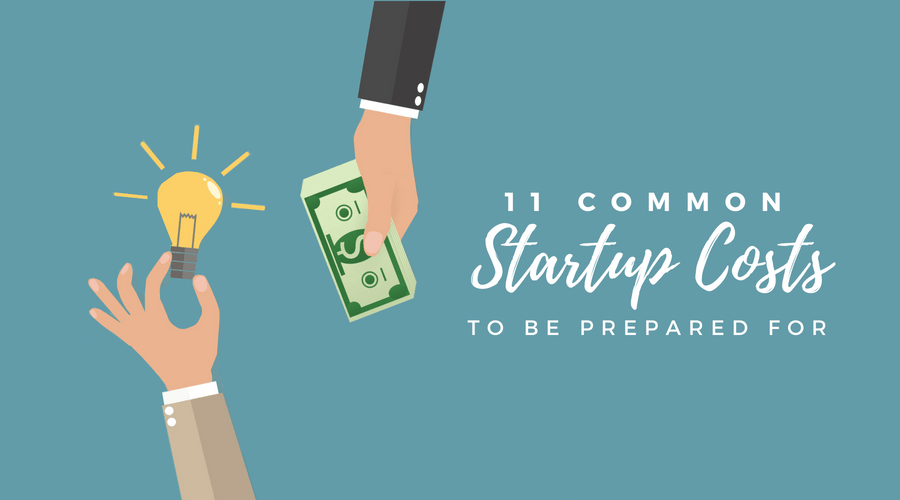You Got a Chargeback? Don’t Panic!

You might have the best product and customer service in the world, but you still can’t make every customer love you. If a customer isn’t satisfied with their purchase or didn’t make the purchase, they can initiate a chargeback.
A chargeback is like a refund because it voids the original transaction. With a refund, you choose to give your customer their money back. With a chargeback, however, your customer goes directly to their bank and asks the bank to forcibly take the funds back from you.
Chargebacks protect consumers and establish communication if the merchant refuses to talk to a customer. Consumers can, unfortunately, take advantage of this. It’s important to be prepared in case a customer initiates a chargeback against you.
Preventing a Chargeback is Better than Fighting One
The best way to deal with a chargeback is to prevent them from happening in the first place. The best way to prevent a chargeback is to follow credit card best practices and communicate with your customers as much as possible. By communicating regularly with your customers,
- they’ll have more confidence in you;
- they’ll be more likely to talk to you first (instead of their bank); and
- you’ll have plenty of documentation if they do initiate a chargeback.
The most common reasons a customer initiates a chargeback are:
- the customer didn’t receive the product;
- the product was damaged or doesn’t match the description;
- the customer was charged multiple times for the same transaction;
- the customer wasn’t satisfied with the product, and you refused to give them a refund; or
- the customer doesn’t recognize the transaction on their credit card statement.
When you learn that a customer was unhappy, call them and try to find out why. If you agree that they deserve their money back, give them a refund. By giving them a refund, you won’t get stuck paying the chargeback fee, which is generally between $15 and $25.
A Customer Initiated a Chargeback – Now What?
No matter what precautions you take, a customer might still decide to initiate a chargeback. If a customer does this, their bank will let you know that a chargeback has been initiated and will ask you for full documentation about the transaction in question.
When you first receive the notification, don’t panic! If you’ve delivered high quality products and services and kept in touch with your customers throughout the buying process, you have nothing to worry about.
If a customer does initiate a chargeback against you, there are two possible outcomes:
- either the chargeback is accepted and the customer gets the refund, or
- the chargeback is rejected.
If you supply your documentation in time (typically the deadline is between 10 days and 2 weeks) and the bank sides with you, the chargeback will be rejected. If you don’t supply your documentation in time, or if the bank sides with your customer, the chargeback will be accepted.
What Was the Chargeback For?
The type of documentation you should send will depend on why the chargeback was initiated.
The Customer Never Received the Product
If the customer claims they never received the product, then provide the bank with:
- the delivery receipt;
- a copy of the product or service description with the date and delivery method; and
- any correspondence you had with the customer, if they contacted you to resolve the issue.
The Product is Damaged or Doesn’t Match the Description
If the customer claims that the product was damaged or the product or service doesn’t match the description, then provide the bank with:
- a copy of the product or service description with the date and delivery method;
- a document stating that the customer received the product and confirmed that it was not damaged;
- your own statement and any available documents showing that the customer has not returned the product, or that the product was fixed or replaced;
- any correspondence you had with the customer, if they contacted you to resolve the issue.
The Customer was Charged Multiple Times for the Same Product
If the customer claims they were charged multiple time for the same product or service, then provide the bank with:
- documents stating that the customer was charged for different products or services.
You Refused to Refund the Customer
If the customer claims that you promised to give them a refund but never did, then provide the bank with:
- confirmation that the refund was made, or
- your own statement and any available documents showing that the customer has not returned the product, or that you have informed the customer about the conditions of purchase at the time or purchase.
The Customer Claims Fraud
If customer claims that the purchase was made fraudulently, provide any documents with more important information about the transaction, like:
- a detailed description of the product or service,
- personal details about the cardholder,
- the unique IP address of the originating computer, and
- the shipping address.
Conclusion
If a lot of your customers initiate chargebacks, your company’s reputation will be hurt significantly, and you could even lose your merchant account. The best way to stop that is to take steps to prevent chargebacks from happening in the first place.
If a customer does initiate a chargeback against you, stay calm. If you have documentation about the transaction and submit it to the bank in time, you’ll have nothing to worry about!


